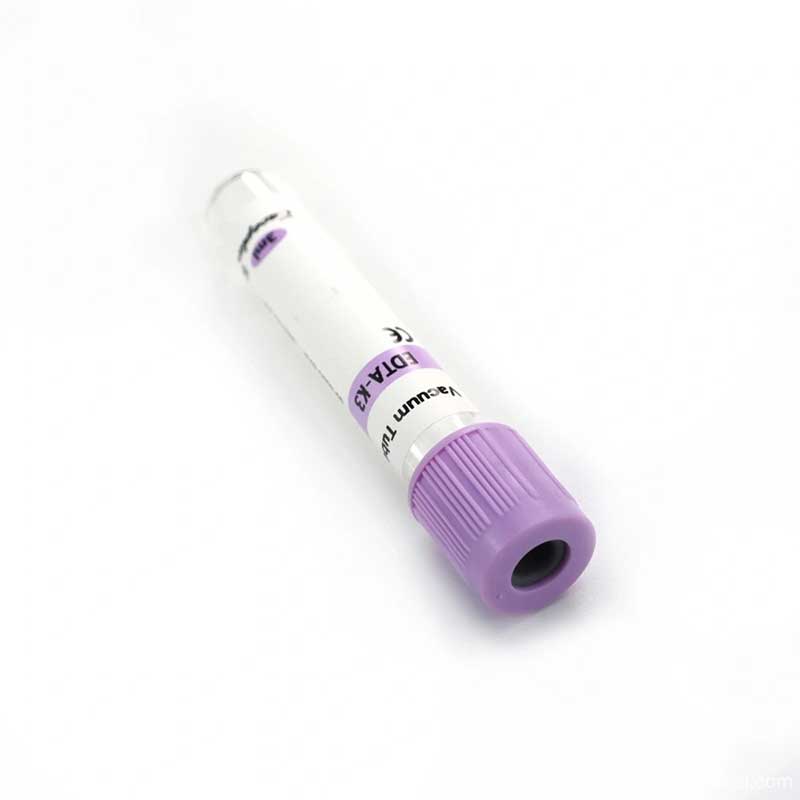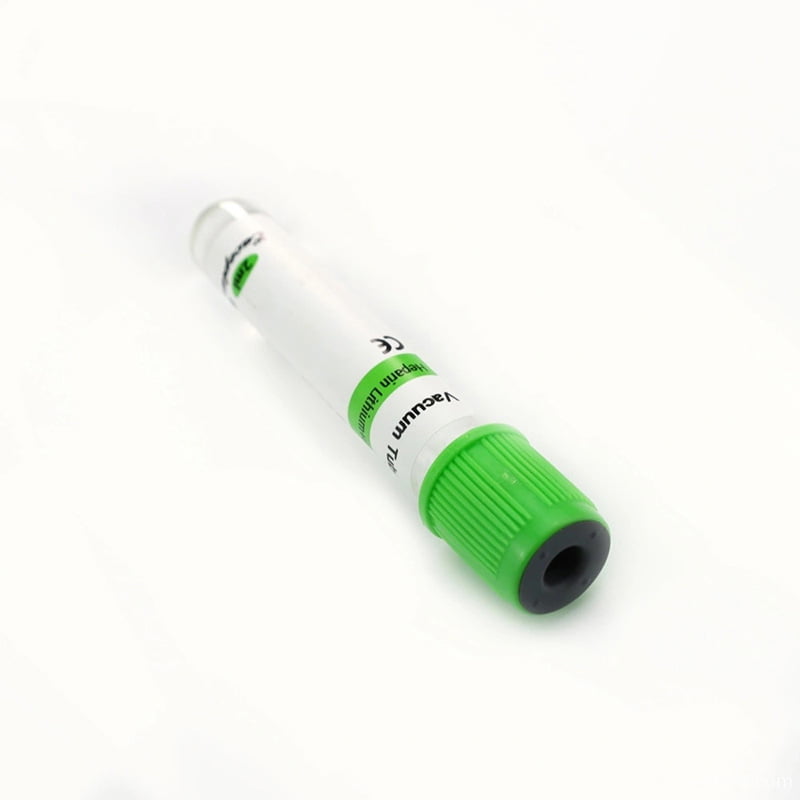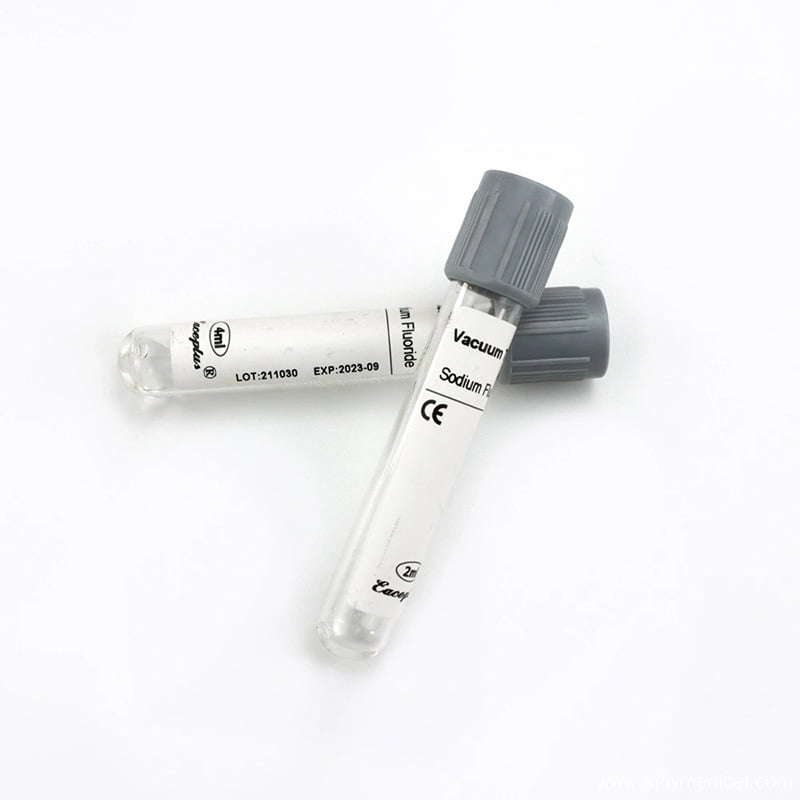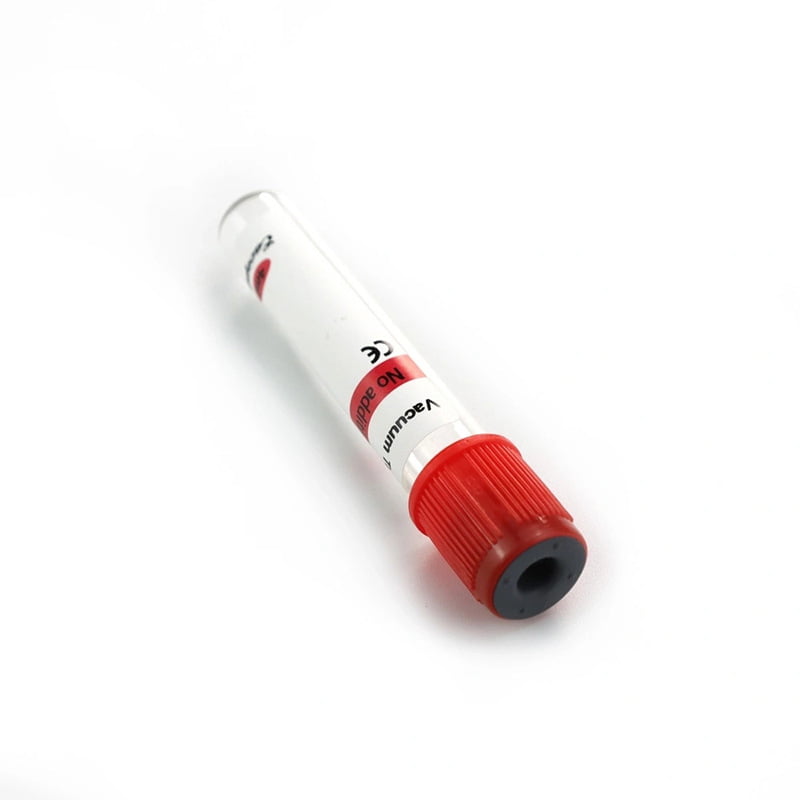A Petri dish is one of the most iconic tools in microbiology and scientific research. It is a shallow, cylindrical, transparent dish made of glass or plastic, used primarily to culture microorganisms such as bacteria, fungi, and cells. The dish is typically filled with a nutrient-rich agar medium, which provides the necessary environment for microbes to grow.
Table of Contents
Parts of Petri Dish
Petri plates consist of a transparent container with a lid/cover. Petri plates are typically sealed with parafilm. As the most significant part of the plate, the bottom dish or container holds the medium and provides stability.

It prevents contamination and moisture loss from the medium. The top dish is slightly larger than the bottom dish. As with the bottom dish, the lid is transparent, making it easy to see samples inside.
Types of Petri Dish
Petri dishes serve as versatile laboratory tools for culturing microorganisms and come in various types based on shape, usability, material, and compartmentalization. Here’s a detailed overview of the different types of Petri dishes

Based on Shape
- Cylindrical: The most common form, typically 30 to 200 millimetres in diameter.
- Square and Rectangular: Available for specific applications where a different shape may be beneficial.
Based on Usability
- Reusable: Made from durable materials like glass, these can withstand multiple sterilization processes (dry or wet).
- Disposable: Often made from plastic, researchers use these dishes once and then discard them, which minimizes contamination risks
Material
- Glass: Borosilicate Glass: Heat-resistant and suitable for sterilization at 120–160 °C. Ideal for repeated use.
- Plastic: Polystyrene: Commonly used for disposable dishes; economical and ideal for routine microbiological testing.
- Polypropylene is more durable than glass, heat and chemical-resistant, making it ideal for various laboratory conditions.
- Cellulose Acetate: Provides high gas permeability, making it ideal for cultures requiring significant oxygen and carbon dioxide exchange.
- Nitrile: Designed for low-temperature applications ranging from -30°F to 275°F.
Based on Compartments
- Multi-Compartment Dishes: These Petri dishes have partitions, allowing the preparation of multiple culture media within a single plate. They typically feature 2 to 4 compartments, facilitating simultaneous experiments or tests.
Each Petri dish type serves specific needs in laboratory settings, enhancing the efficiency and effectiveness of microbial culture and experimentation.
Applications of Petri Dish
- A storage space is provided to cultivate cells. To protect cells from contamination, this method is used. Additionally, we can observe organism growth without disturbing them due to the transparency of glass/plastic.
- Also, it can be used in schools and colleges for science projects such as observing seed germination.
- Petri dishes can measure culture density by printing grids on their bottoms.
- These containers are used for storing liquids, granular samples, insects, and seeds.
- Samples are also dried and evaporated using them.
Petri plates are commonly used to make agar plates. The following is a simple procedure for making agar plates:
- Add the appropriate volume of distilled water to the proper amount of agar.
- Mix in nutrient broth or another growth media if you are using it.
- To sterilize the flask, place it in an autoclave.
- Remove the flask from the autoclave and let it cool slowly until it is cool enough to handle but still in liquid form. As the agar inside the flask cools, it may solidify.
- Aseptically place the liquid agar mixture in sterile petri plates. Fill the agar to a depth of about 14 or 12 inches. Let the agar solidify after pouring it on the plate and swirl it to ensure even distribution.
- Cover the container with a lid and wrap it with parafilm once the agar has solidified.
- Store the plates in the refrigerator until you use them.
Advantages of Petri Dish
Petri dishes offer several advantages, making them indispensable tools in laboratories and educational settings. Here are some key benefits:
Storage Space for Culturing Cells
Petri dishes provide ample surface area for growing and observing microbial cultures, allowing researchers to effectively cultivate various cells culture plate and organisms.
Contamination Prevention
The lidded design helps minimize exposure to airborne contaminants, reducing the risk of unwanted microbial growth and ensuring that cultures remain pure.
Variety of Sizes and Shapes
Researchers select Petri dishes based on specific experimental needs, which enhances their versatility. They come in different sizes (ranging from small to large) and shapes (cylindrical, square, rectangular).
Transparency
The explicit material allows for easy visual inspection of the culture without opening the dish, which helps maintain sterile conditions while monitoring growth.
Reusability
You can sterilize and reuse glass Petri dishes multiple times, which makes them environmentally friendly and cost-effective in the long run. Their durability benefits research settings that require consistent results.
Ease of Use
Petri dishes are straightforward to handle and use, making them accessible for experienced researchers and students conducting experiments.
Facilitates Experimentation
Their design allows for various experimental setups, including multi-compartment dishes for testing different conditions simultaneously or using other media in one plate.
Standardization
Petri dishes provide standardized tools in microbiology, ensuring consistency across experiments and facilitating comparisons between studies.
Conclusion
In conclusion, Petri dish is a fundamental tool in microbiology and biological research, providing a versatile and effective means for culturing microorganisms and conducting various experiments. Its design—featuring a shallow, transparent container with a lid—facilitates the observation of microbial growth while minimizing contamination risks.
The availability of different shapes, sizes, and materials enhances its adaptability for various applications, from educational projects to advanced scientific research. The ability to sterilize and reuse glass Petri dishes further contributes to their cost-effectiveness and sustainability in petri dish for laboratory settings.
Overall, sinymedical Petri dish has played a crucial role in advancing our understanding of microbiology, enabling researchers to explore the complexities of cellular life, test hypotheses, and develop new treatments in medicine and biotechnology. Its continued use underscores its importance in both academic and industrial environments.
FAQs
What is a Petri dish?
A Petri dish is a shallow, cylindrical container with a lid, used primarily in laboratories for culturing microorganisms like bacteria and fungi. It typically holds a thin layer of agar, which serves as a growth medium.
What are the different types of Petri dishes?
Petri dishes come in various types based on shape (cylindrical, square, or rectangular), usability (reusable or disposable), science round plastic polystyrene sterile petri dish and material (glass, polystyrene, polypropylene, etc.).
How do you sterilize a Petri dish?
Sterilize glass Petri dishes by autoclaving them at high temperatures (120–160 °C). Do not autoclave disposable plastic dishes because they may melt; manufacturers pre-sterilize them during production.
Can you reuse Petri dishes?
u can reuse glass Petri dishes after properly sterilizing them. However, use disposable plastic Petri dishes only once to avoid contamination.
What materials are Petri dishes made from?
Common materials include borosilicate glass for heat resistance and various plastics like polystyrene and polypropylene. Each material has unique properties that make it suitable for different laboratory needs.
Why is transparency important in a Petri dish?
The transparent design of Petri dishes allows researchers to observe the growth of microorganisms without opening the lid, which helps maintain sterile conditions and prevents contamination.
How do you prepare an agar plate in a Petri dish?
To prepare an agar plate, mix agar with distilled water and any necessary nutrients, sterilize the mixture, pour it into the dish under sterile conditions, and allow it to solidify before inoculating with microorganisms
Are there specialized Petri dishes available?
Unique Petri dishes, such as multi-compartment dishes for testing multiple samples simultaneously and coated dishes, promote cell culture flask attachment for specific applications.



























































